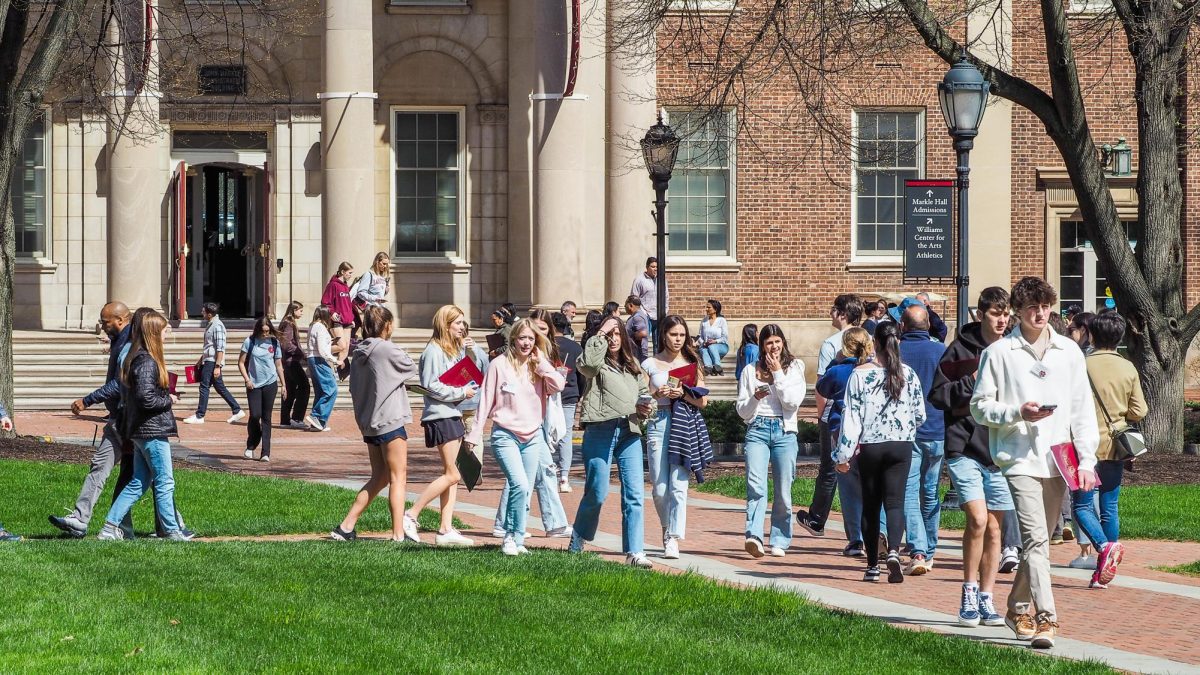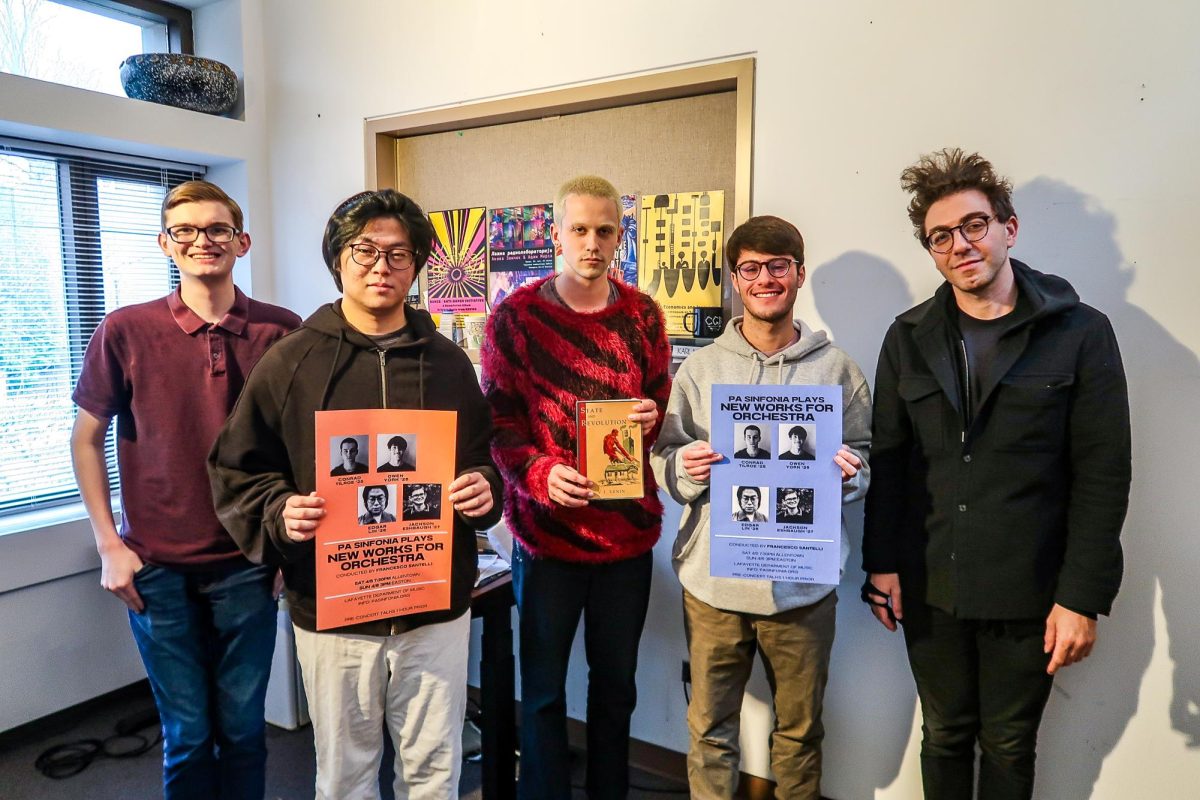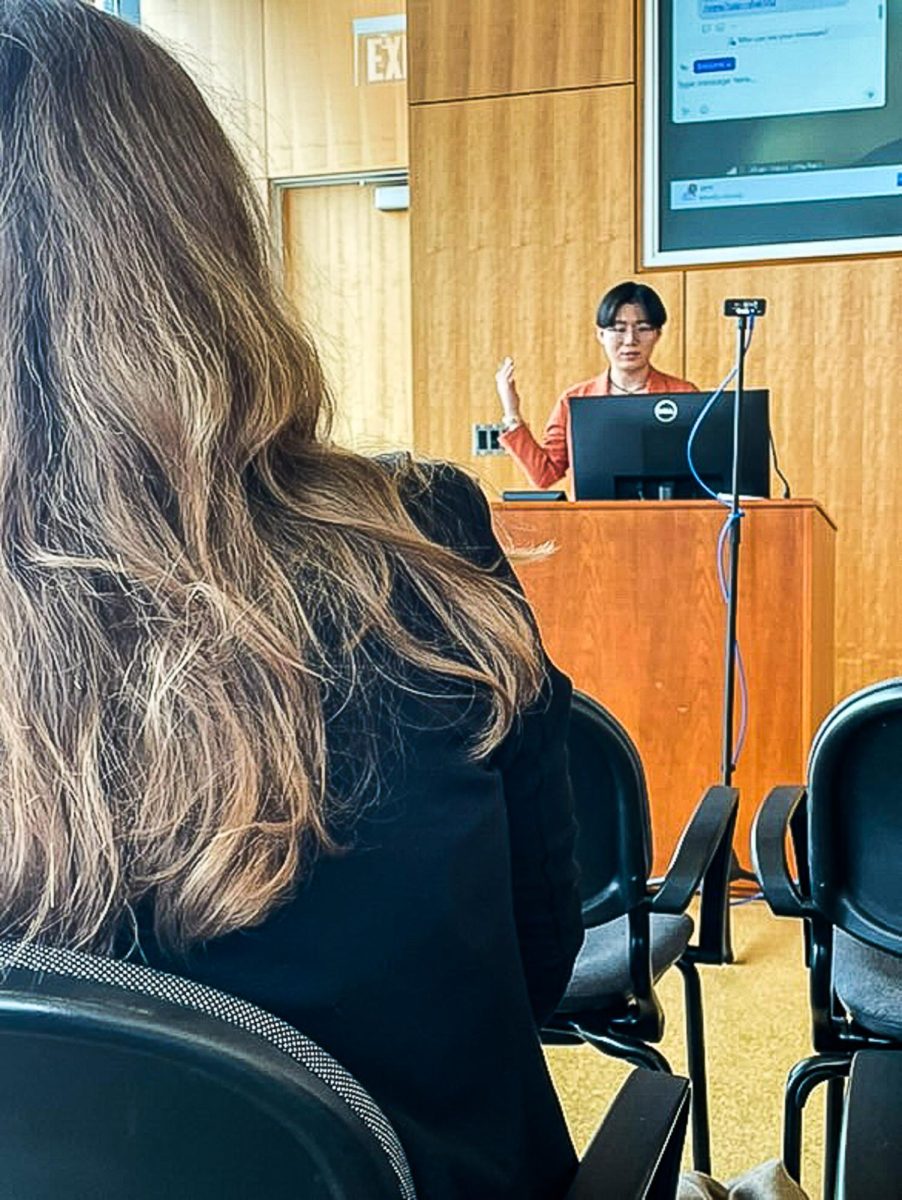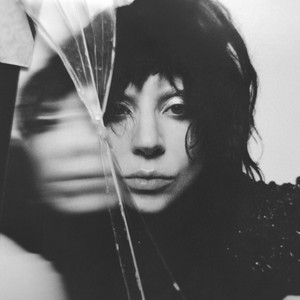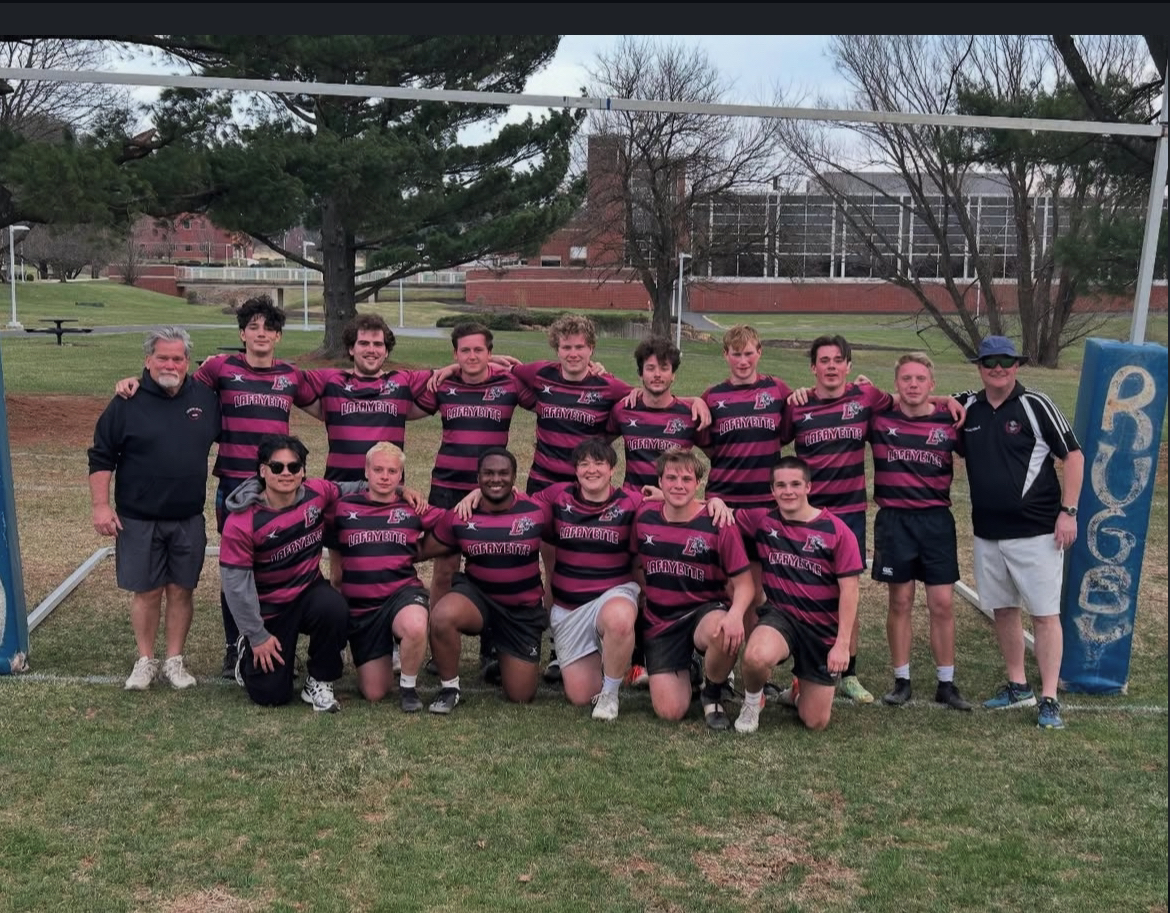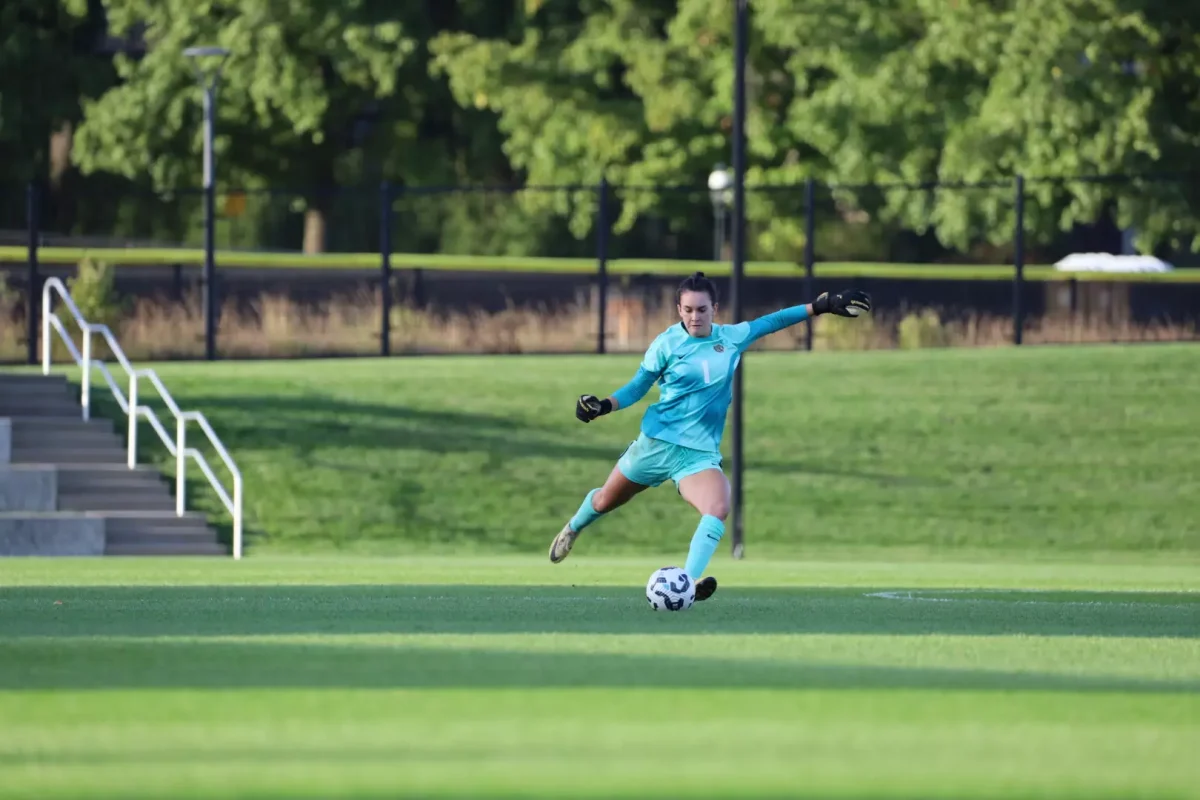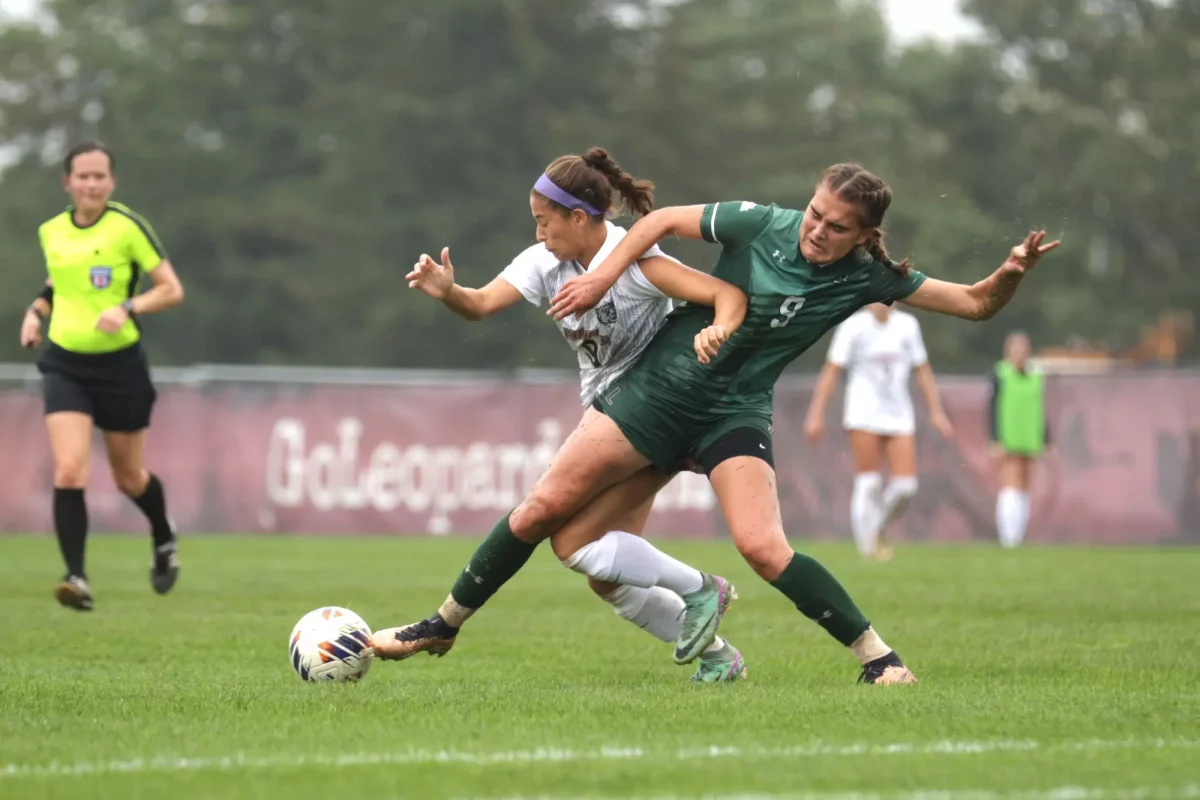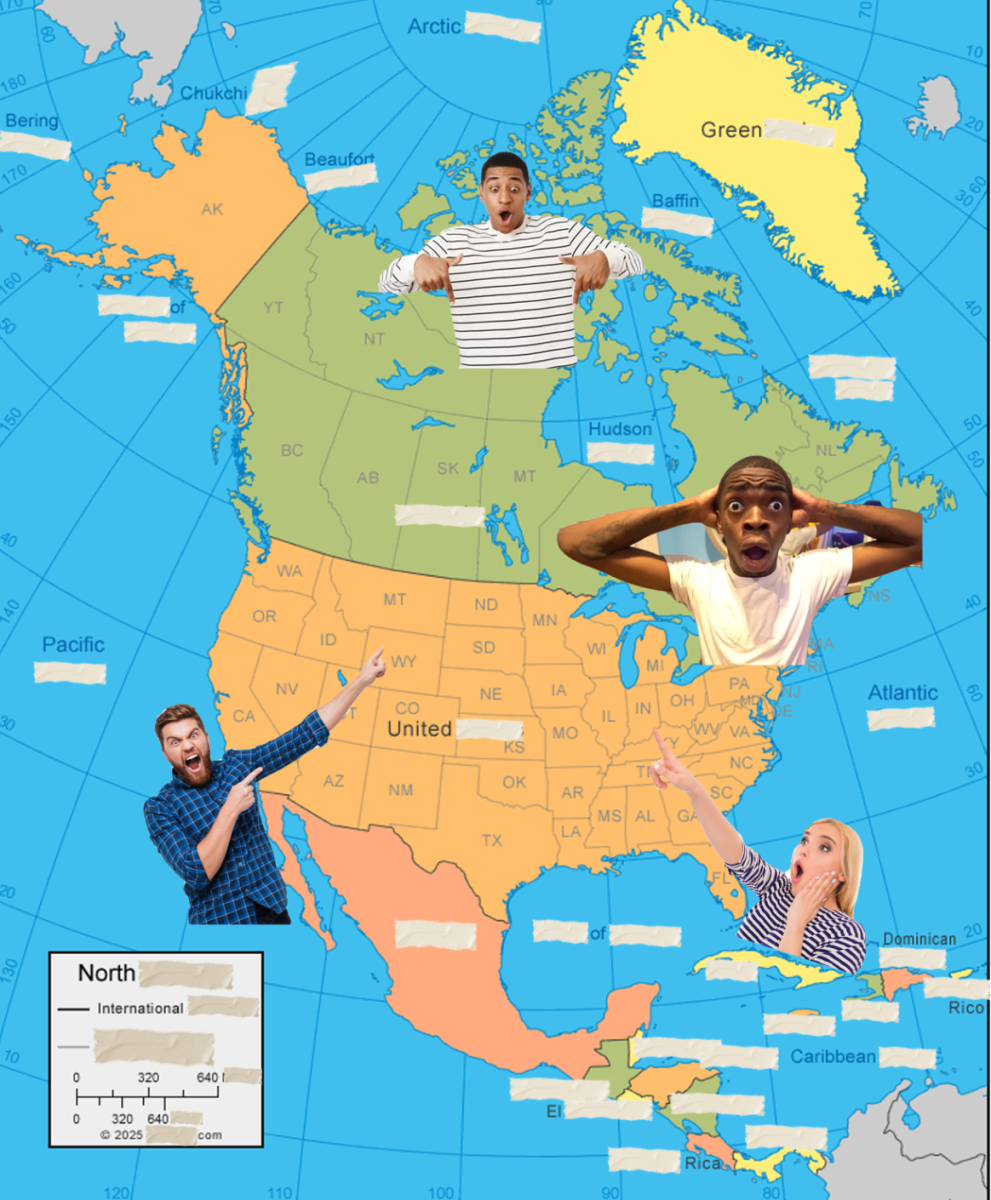Jon Raymond made the decision early on in his career to be a “regionalist sort of writer.”
“Just the mere fact of something not being represented very often makes it interesting to me,” he said during a virtual talk this Wednesday.
Raymond has written several novels including “The Half-Life” and “Rain Dragon.” He is also the author of the story collection “Livability” and has collaborated with director Kelly Reichardt on five films. He was also nominated for an Emmy Award for his writing in the HBO miniseries “Mildred Pierce” in 2011. Despite the variety in his oeuvre, Raymond said he thinks of himself primarily as a fiction writer.
The discussion was in a Q&A format Zoom talk moderated by English Professor Jennifer Gilmore.
One of the first questions was from English Professor Mikael Awake, who asked Raymond how he came to writing and how he developed his craft over the years.
“I think, like a lot of people, it starts with reading,” said Raymond.
He explained that he grew up not really being allowed to watch TV and didn’t go to movies until he was a teenager, so he read a lot.
“It occurred to me at some point that, well, that writers existed, and that I would be curious to try it,” he said.
Raymond added that, as he grew up, it really came down to just being creative, wanting “to make stuff” and to be part of an artistic world.
“My twenties were spent dabbling in a lot of different kinds of things, like I was making videos at the cable access station, I was putting on art shows, painting murals, and doing a lot of stuff that was fun and that I wasn’t particularly good at,” he said. “There came a point where I just kind of realized that the thing that gave me energy was writing.”
Gilmore asked Raymond a question about how it feels to adapt his own work, as he has adapted some of his stories into screenplays for films.
“Do you set out, when you write stories, thinking about them being cinematic?” she asked.
Raymond said there are many different ways in which adapting a novel into a screenplay happens for him.
“There’s never been a real pattern to it,” he added.
A student in the audience asked Raymond about his collaborative relationship with film director Kelly Reichardt, and what good artistic collaboration means for him personally.
“I’ve been really, really lucky to have fallen into it, and it’s all evolved really quite organically,” Raymond explained. “Part of the joy of the whole thing is that it really does go beyond even filmmaking. Part of a collaboration is really just gossiping with someone; you’re finding characters and stories that are allowing you to talk about all the stuff you want to talk about.”
Another student asked about Raymond’s scene building process, specifically what he looks for when he starts writing and where exactly he starts writing.
Raymond responded that he does not look too closely at things such as the “three-act structure” of screenplays, and he prefers to proceed more intuitively. He said he realized that the three-act structure falls into place at the end, which is reassuring to him.
“It’s something that’s just hardwired into our feelings of narrative, I think,” he said.
“As far as starting a scene, I like to outline a lot first,” he continued. “It’s not like I just start to write anything without having done a lot of sketching and stuff. I like to use a legal size piece of paper, and I sort of make lots of columns on it with notes, and I start to kind of understand a little bit of the massing of different things. It becomes a graphical way of understanding it for me.”
Raymond is currently working on a novel entitled “The Empty Chair,” which he said will hopefully come out in the summer of 2022.
Raymond said that, to him, “there is something about filmmaking that, if nothing else, has been kind of an interesting metaphor about friendship and creativity, so I’ve been kind of drawn to it.”


